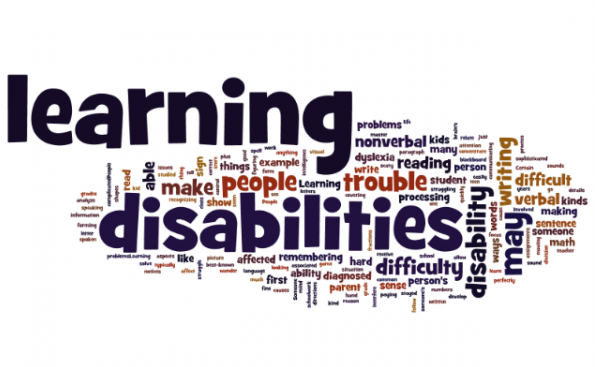Below are the different categories of learning disabilities:
Visual-Perceptual: Students who fall into this category of learning disability tend to show deficits in the areas of reading and writing. For example, they may reverse or invert letters (b for d, m for w, and so on), or they may have trouble keeping their place when reading a page. They often find reasons to avoid reading. They may say that their eyes hurt, for instance, or that they’re too tired. Hand-eye coordination and fine motor skills may also suffer. Students may find coloring in the lines overly difficult, and handwriting is often illegible.
Auditory-Perceptual: These students struggle with listening, following directions, and remembering oral instructions. They also have difficulty discriminating between similar sounds, and tend to need verbal instructions repeated slowly and clearly.
Spatial/Body Awareness: Students who struggle with this type of disability typically shows problems with directionality, and may even be rather clumsy. These students are easily disoriented and often lose their bearings, even in familiar places. They find it difficult to space letters and words properly, and have a hard time working with graphs, charts, or tables.
Conceptual: Students with conceptual learning disabilities strive to make connections between similar ideas, concepts, and categories. They may know the answer to 5 + 7, but not the answer to 7 + 5. These students show shortfall in logical, sequential organization, and tend to lose track of the flow of thoughts and ideas. Concepts regarding time, numbers, and humor are difficult for them to grasp, and they typically need a good deal of clarification and individualized attention.
Memory: These students have trouble remembering things. They are slow to master basic vocabulary words. Their spelling is usually quite poor. Students with memory disabilities also struggle with following sequential directions, memorization, and learning from past mistakes.
Behavioral: For these students, sitting still is incredibly difficult and choices are often made impulsively, without regard to consequences. These students may also be highly resistant, hyperactive, and easily distractible. They tend to show mood swings, and are often in conflict with their peers.

